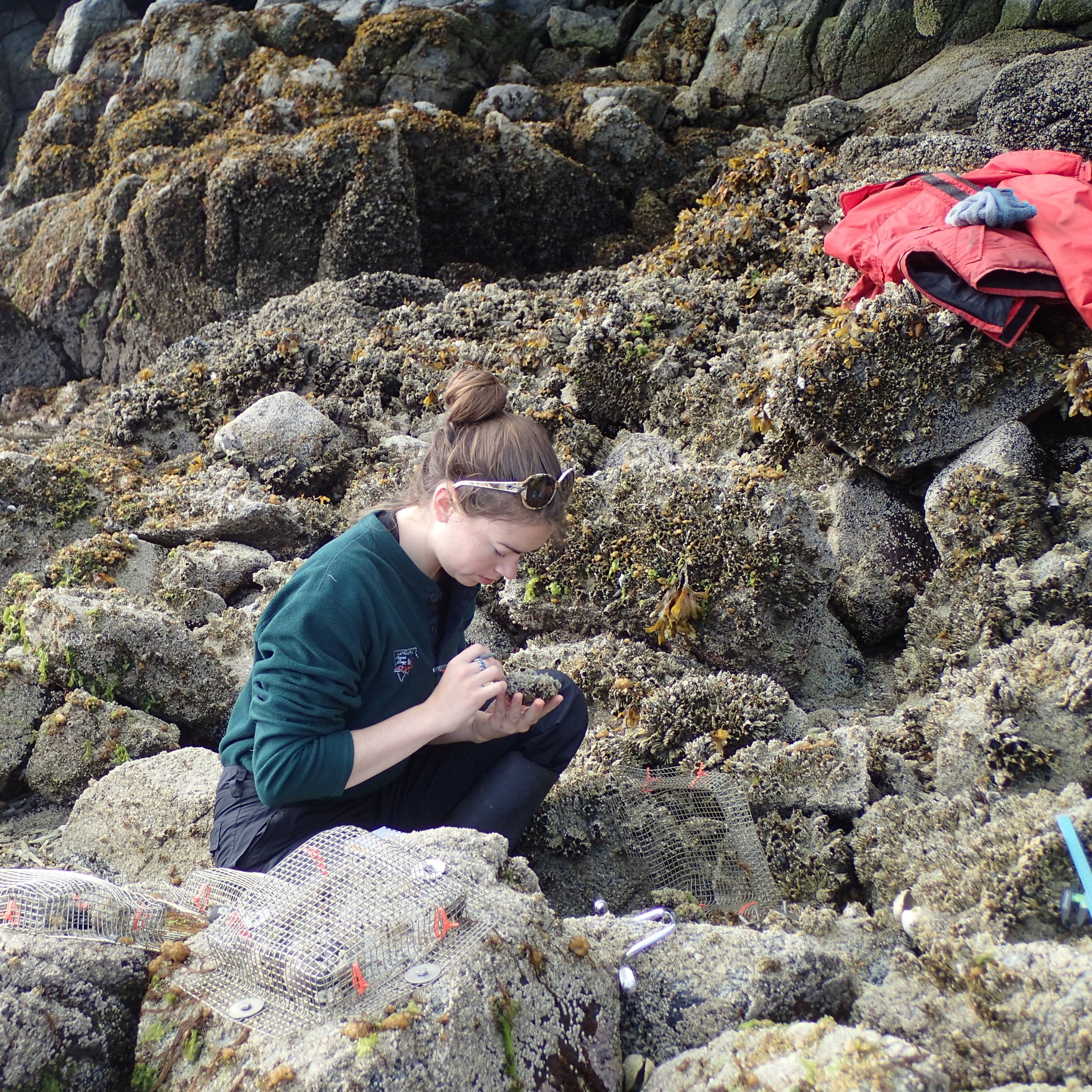Discovery Island Sea Snail Species Threatened By Warming Oceans
- Author
- roy.hales9.gmail.com
- Published
- Thu 30 Nov 2023
- Episode Link
- https://soundcloud.com/the-ecoreport/discovery-island-sea-snail-species-threatened-by-warming-oceans
Roy L Hales/ Cortes Currents - A new study found that a species of Sea Snails found on the beaches of Cortes, Quadra and neighbouring Discovery Islands is already experiencing ocean temperatures beyond their comfort zone. According to the associated UBC press release, oysters will survive as the oceans warm up, but the Nucella lamellosa might not.
“I conducted a research study using a combination of field and lab experimental methods to answer the big question: are marine ecosystems going to be able to keep up with the rate of environmental change that they're experiencing? We know that species can respond to ocean warming by moving, by genetically adapting, or by acclimatizing within generations. Every species is going to have a different ability to employ those strategies based on its traits,” explained Lead author Dr Fiona Beaty, from the University of British Columbia.
“A snail, which is the species I looked at, can't move very far quickly. So we're going to expect that as snails are experiencing ocean warming, they're going to have to genetically adapt or acclimatize to cope with warming conditions. We know that populations have different abilities to do that.”
“I specifically chose this species of marine snail, Nucella lamellosa, because I anticipated that it would be vulnerable to ocean warming due to its life history traits. It lays egg capsules and the babies crawl away from the eggs, and it's a snail. It's highly likely that the species' genetics are quite localized within the Salish Sea. This is one of the warmest parts of that species range. So we can expect that populations here are already among the most warm adapted out of the species.”
“I wanted to see how two populations along BC's coast are going to respond to future warming. I found that one population looks like it's going to probably be okay as its seawater warms because the temperatures that it's experiencing right now are quite far away from the upper maximum temperatures that it can tolerate and grow. Whereas another population in our beautiful Salish Sea is a lot more vulnerable because it's already experiencing seawater temperatures that are quite stressful, and the seawater here is warming at twice the global average rate of warming, so it's quite a different picture, even though these two populations are only 400 kilometres apart.”
Cortes Currents: “Where was your study area?”
Fiona Beaty: “My field sites were just south of Departure Bay. Two sites, one at Cedar Boat Launch and one at Blue Heron Park, south of Nanaimo. And then my other field sites were up on the central coast of BC. My research was in partnership with the Hakai Institute and I worked at their research station on Calvert Island.”
“I didn't do any sampling around Cortes or Quadra, but Cortes and Quadra fall in the middle between my sites. They are at the northern extent of the Salish Sea, so we can anticipate that species that live around those shorelines might very well have similar vulnerability to climate change, although I will note that there is a higher current around the Discovery Islands.”
Beaty directed Cortes Currents to a video depicting the expansion of warmer than normal ocean waters into our area, as well as the rest of the Salish Sea, every summer between 2016 and 2022. (Look under ‘Supporting Information’ at the bottom of the linked page.)
Fiona Beaty: “Even though snails in the Salish Sea can't just up and go to the central coast very easily, unlike a bird or a fish species, they can move around in the intertidal, and they do.”
